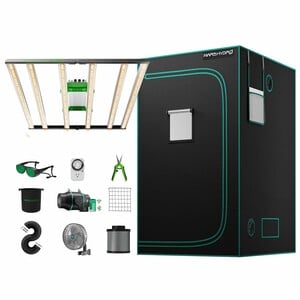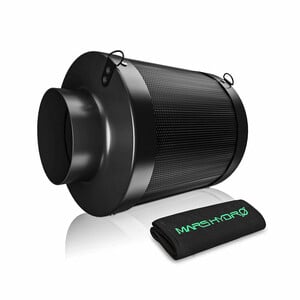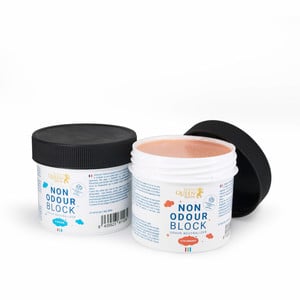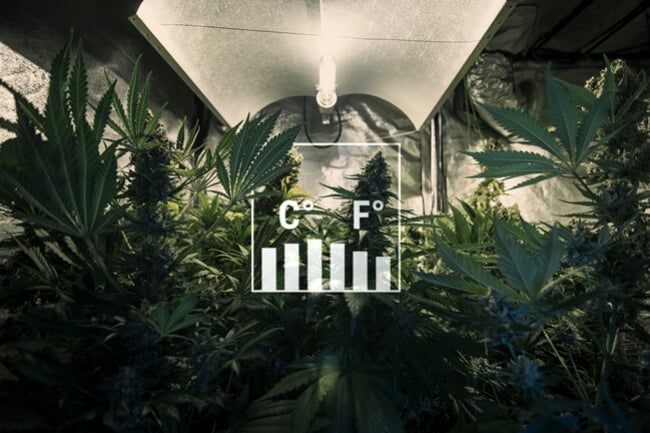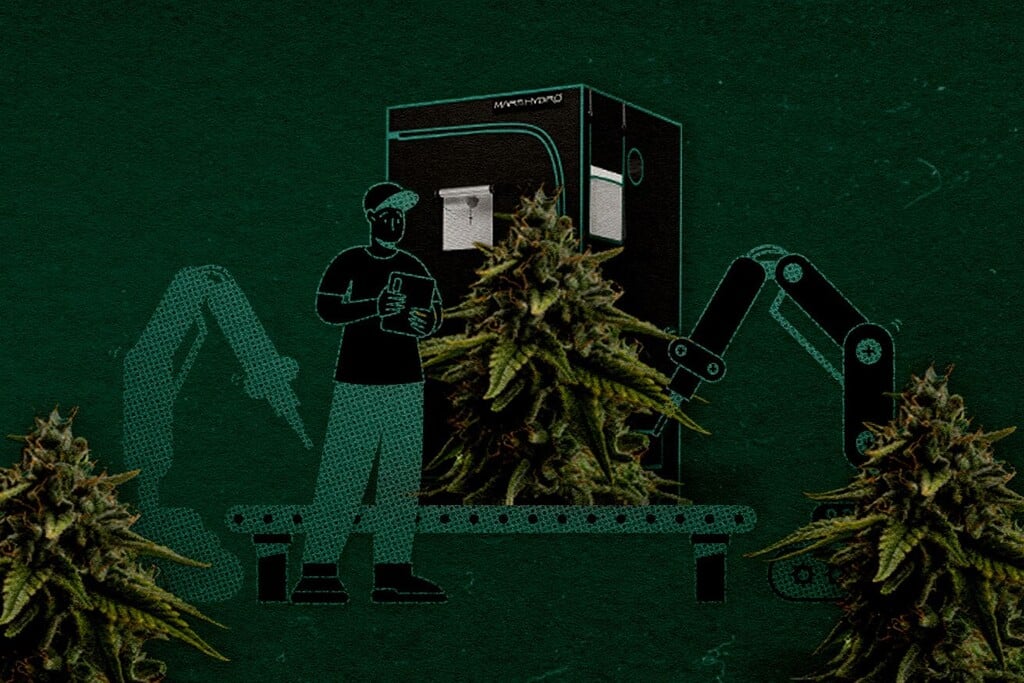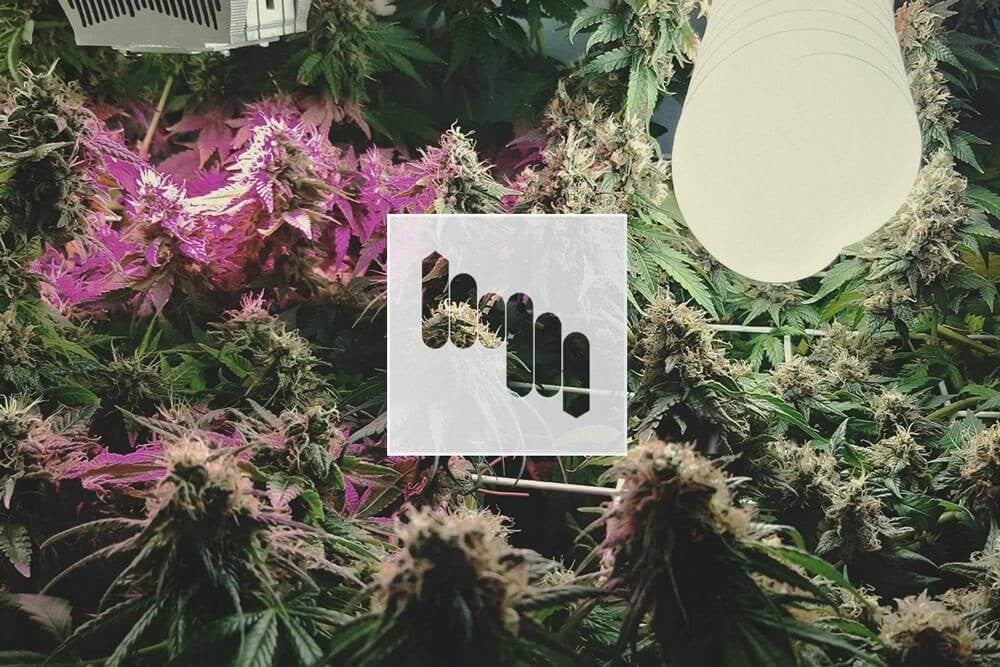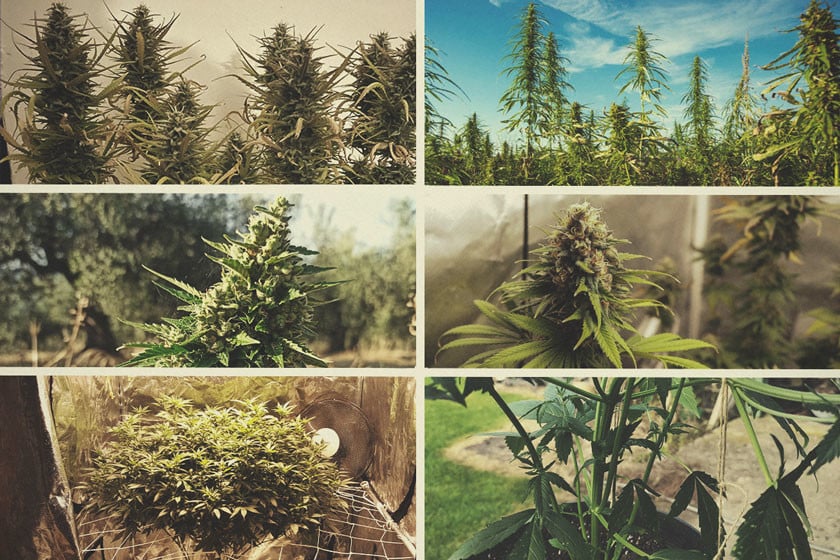.

Are Grow Tents Smell Proof? What You Really Need to Know
Grow tents are essential for indoor cultivation, but they don’t fully contain cannabis odour on their own. Learn why tents leak smell, what causes it, and how to properly manage odour using carbon filters, negative pressure, and more. Discover realistic, effective solutions here.
Contents:
Growing cannabis indoors gives you control over lighting, humidity, temperature, and pests—but controlling odour is often the hardest part. If you’re planning a grow, you’ve likely seen tents advertised as “smell proof”. It’s an attractive promise, especially if you live in a flat, have curious neighbours, or simply don’t want your house reeking of weed.
The truth is more complicated. While grow tents help contain odour, no tent by itself can fully prevent smell from escaping. This article breaks down how odour works in grow tents, why it escapes, and what you can actually do to manage it effectively. Whether you’re starting your first grow or fine-tuning your setup, this guide covers what you really need to know.
What is a Smell-Proof Grow Tent?
A grow tent is a fabric enclosure designed to simulate outdoor conditions indoors. It allows growers to manage the full growing cycle of plants in a controlled space. These tents usually consist of:
- A strong outer fabric—typically canvas
- A reflective inner lining—usually Mylar—to boost light efficiency
- Metal or plastic frame poles for structural support
- Zippers, duct ports, and ventilation flaps for airflow and access
Sizes range from small (60×60 cm) personal-use tents to large (120×240 cm or bigger) commercial-style units. Many are marketed as “smell-proof” or “odour blocking”, but that’s more of a simplification than a technical truth.
Fabric tents are not airtight. The seams, zippers, and duct holes leave space for odour to leak out. While a tent will help contain the smell to some extent, especially if zipped shut, it doesn’t lock it in completely. Tents are designed primarily for controlling light exposure, temperature, humidity, and pests. Odour control requires more than the tent itself.
Why Look for Smell-Proof Solutions When Growing Cannabis?
Cannabis smell can create issues even in places where growing is legal. Here’s why many growers want to limit odour:
- Privacy: Some growers don’t want friends, guests, or flatmates knowing they’re cultivating cannabis.
- Legal sensitivity: Even in areas where home growing is allowed, a strong cannabis smell may draw unwanted attention or complaints that lead to inspections.
- Neighbours: In flats or terraced housing, strong odours can travel through walls, ducts, and windows. Keeping things discreet helps avoid confrontation.
- Shared households: If you live with others—especially children or non-consenting adults—it’s respectful to minimise exposure to odours.
Grow tents help by concentrating odour at a single exit point—the exhaust fan—where it can be effectively filtered. But expecting the tent alone to solve your odour problems will lead to disappointment.
Do Grow Tents Keep the Smell In?
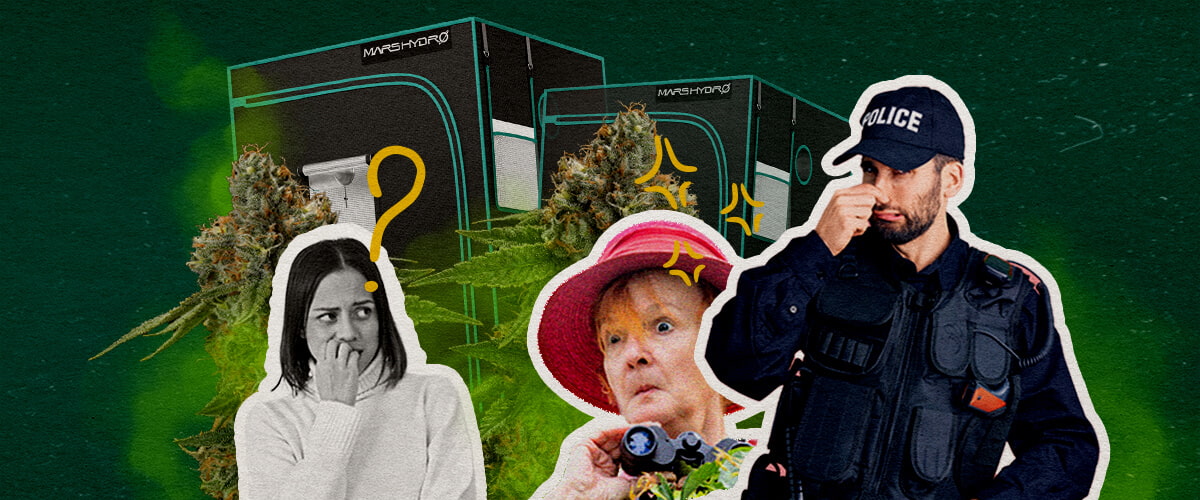

Cannabis odour becomes most intense during the flowering phase. That’s when the plant’s trichomes produce high volumes of terpenes, which are aromatic compounds responsible for the distinctive smell. These odours build up inside the grow tent and can escape if not managed.
Grow tents are not sealed systems. Even when zipped up, the fabric breathes, and small air leaks occur through seams, pinholes, and duct ports. The ventilation system, which is essential to prevent heat and humidity buildup, is often the biggest source of smell leaks. As air is pulled out of the tent, so is the scent of the plants.
A tent may slow down the spread of smell, but it cannot stop it entirely. Effective odour control depends on what you attach to the tent.
Why Odour Control Is Most Critical During the Flowering Stage
During vegetative growth, cannabis plants exhibit a mild, herbal scent—it’s usually manageable without much effort. But once plants start flowering, they begin producing buds covered in trichomes, which secrete terpenes and other aromatic chemicals.
Each strain has its own terpene profile. For example, Gelato is known for its sweet, dessert-like aroma with notes of berries and citrus, while strains like Cheese or Skunk are more savoury and pungent. The smell during flowering becomes stronger by the week, often lingering in the air and on clothing.
If you’re growing multiple plants or high-terpene strains, odour control is often essential.
Why Grow Tents Alone Are Not Smell Proof
Let’s break down why grow tents on their own can’t keep odours inside:
- Fabric isn’t airtight: Most tent materials allow tiny amounts of air to pass through, especially under pressure.
- Zippers leak: Unless double-sealed or taped, zippers allow air odours to escape
- Ducting ports are imperfect: These flexible sleeves don’t create perfect seals, especially if they’re not properly cinched or taped.
- Active exhaust systems remove air: To keep plants healthy, air is constantly pulled out of the tent. Without filtration, this expelled air carries odour directly into the room.
Even a top-quality tent leaks if not supported by proper airflow management and filtration. That’s where the real work happens.
What Really Makes a Grow Tent Smell-Proof?


If you want a truly smell-proof grow tent, we’re here to help! Here are the three main factors affecting whether odour leaks out of a tent.
Carbon Filters and Why They Matter
Carbon filters (also called scrubbers) are the most effective method for trapping cannabis smell. They’re filled with activated carbon, which adsorbs odour molecules as air passes through.
For best performance:
- Match the carbon filter’s CFM (cubic feet per minute) rating to your exhaust fan.
- Mount the filter inside the tent at the air intake of your exhaust fan.
- Replace the filter every 12 to 18 months, or sooner if you notice a return of odour.
- Seal all ducting connections with tape to prevent bypass leaks.
Without a carbon filter, your grow tent acts like a chimney for cannabis odour. With a properly fitted one, you can reduce smells to barely noticeable levels—even when standing near the exhaust vent.
Mars Hydro 15 cm Carbon Filter
|
|
6 inches (150mm) |
|
|
8.5 inches (21.5 cm) |
|
|
410 CFM |
|
|
1050+ Virgin Australian Activated Carbon |
|
|
3-6 months |
|
|
3.2 kg |
|
|
30,3 x 26,3 x 25,9 cm |
Buy Mars Hydro 15 cm Carbon Filter
Creating Negative Pressure in Your Grow Tent
Negative pressure is when the air pressure inside your tent is lower than the air pressure outside. This creates a vacuum-like effect that sucks air into the tent instead of letting it leak out. The smell stays inside until it’s filtered and exhausted.
To achieve this:
- Use an exhaust fan that’s stronger than your intake fan.
- If you use passive intake (no intake fan), ensure your intake vents are open and lower than the exhaust.
- Monitor your tent. If the walls pull slightly inward when zipped, you’ve got negative pressure.
- Positive pressure (when air is being pushed out) is a common cause of smell leaks. Always aim for slightly negative pressure.
Supporting Methods (Gels, Ona Blocks, Odour Neutralisers)
Carbon filters do most of the heavy lifting, but these extra tools can help in certain situations:
- Ona Gel: This product is popular for its ability to neutralise odours in the air. Place it outside your grow tent.
- Charcoal bags: These adsorb airborne odours and moisture and are useful near vents or doors.
- Essential oil diffusers: Can mask minor residual smells without being overpowering.
Avoid placing any scent-masking products inside the tent. They can interfere with plant development or change terpene profiles. These tools are best used in hallways, entryways, or shared rooms where some odour might escape.
Common Mistakes That Make Your Grow Tent Smell


Plenty of growers invest in quality gear but still struggle with odour because of small mistakes. Avoid the following common pitfalls.
Improper Filter Setup
- Using a filter that’s too small for the fan’s CFM
- Mounting the filter after the fan instead of before
- Not tightening duct clamps, allowing unfiltered air to leak
Lack of Airflow Management
- No negative pressure, so smell escapes through gaps
- Using intake fans that push more air in than is pulled out
- Inconsistent fan use—switching them off at night lets smells build up
Ignoring Maintenance and Replacements
- Running carbon filters beyond their effective life
- Not checking ducting and fan seals for leaks or tears
- Letting dust or humidity clog the filter and reduce effectiveness
Additional Tips to Reduce Plant Odour
Here are a few more ways to control smell during your grow:
- Seal the tent’s zipper lines with Velcro or light-proof tape to reduce leak points.
- Use insulated ducting, as it holds odours better than standard thin-walled tubing and also dampens sound.
- Install an exhaust hood near a window or vent to send filtered air outside, away from neighbours.
- Clean your grow room regularly to remove plant debris and stale air particles that carry scent.
- Open the tent sparingly during peak flowering, especially when guests are around.
Choosing Low-Odour Strains
If you’re concerned about smell from the start, consider growing strains known for subtle aromas. Some examples include:
- Northern Light: Earthy and sweet but with a relatively minimal smell
- Gelato: Can vary by phenotype, but some cuts are more subdued than others
- Cinderella 99: Fruity, with manageable odour
Start with one or two plants to get a feel for the odour level before scaling up. Strain selection alone won’t eliminate smell, but it can help.
Final Thoughts: Can a Grow Tent Be Truly Smell-Proof?
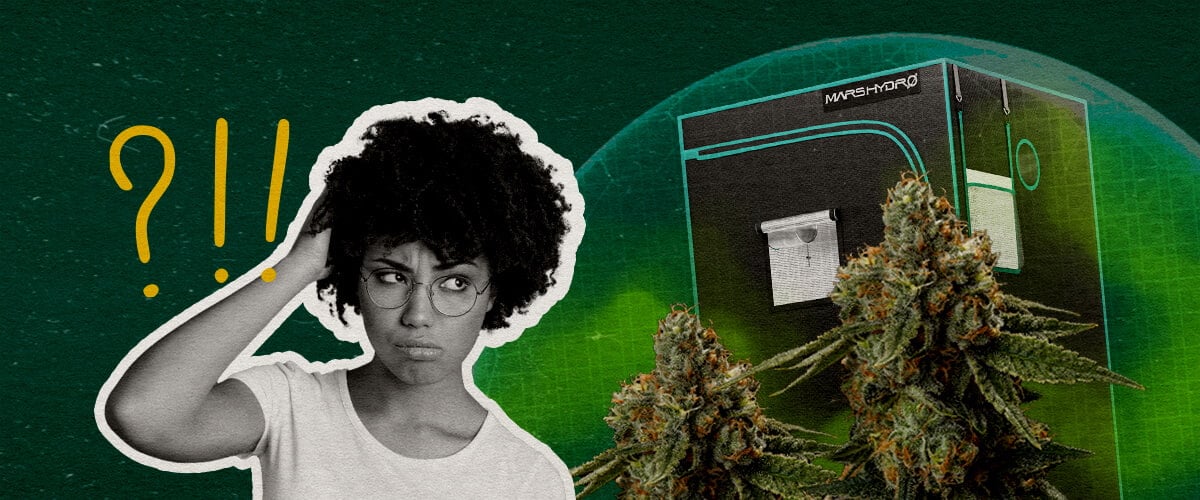

Even the most expensive grow tents aren’t capable of keeping a grow completely smell-proof. But that doesn’t mean your grow has to stink up your home.
With the right combination of equipment and conditions: carbon filters, a proper exhaust system, and negative pressure, you can reduce cannabis odour to barely detectable levels. Supporting methods like neutralisers and low-odour strains can give you extra insurance.
Ultimately, it’s not about whether your tent is smell-proof; it’s about whether your setup is designed to manage airflow and filtration effectively. Get that right, and you’ll keep your grow private and pleasant. And for all the equipment you need to do so (including low-odour strains), visit Royal Queen Seeds for top-quality products.


























